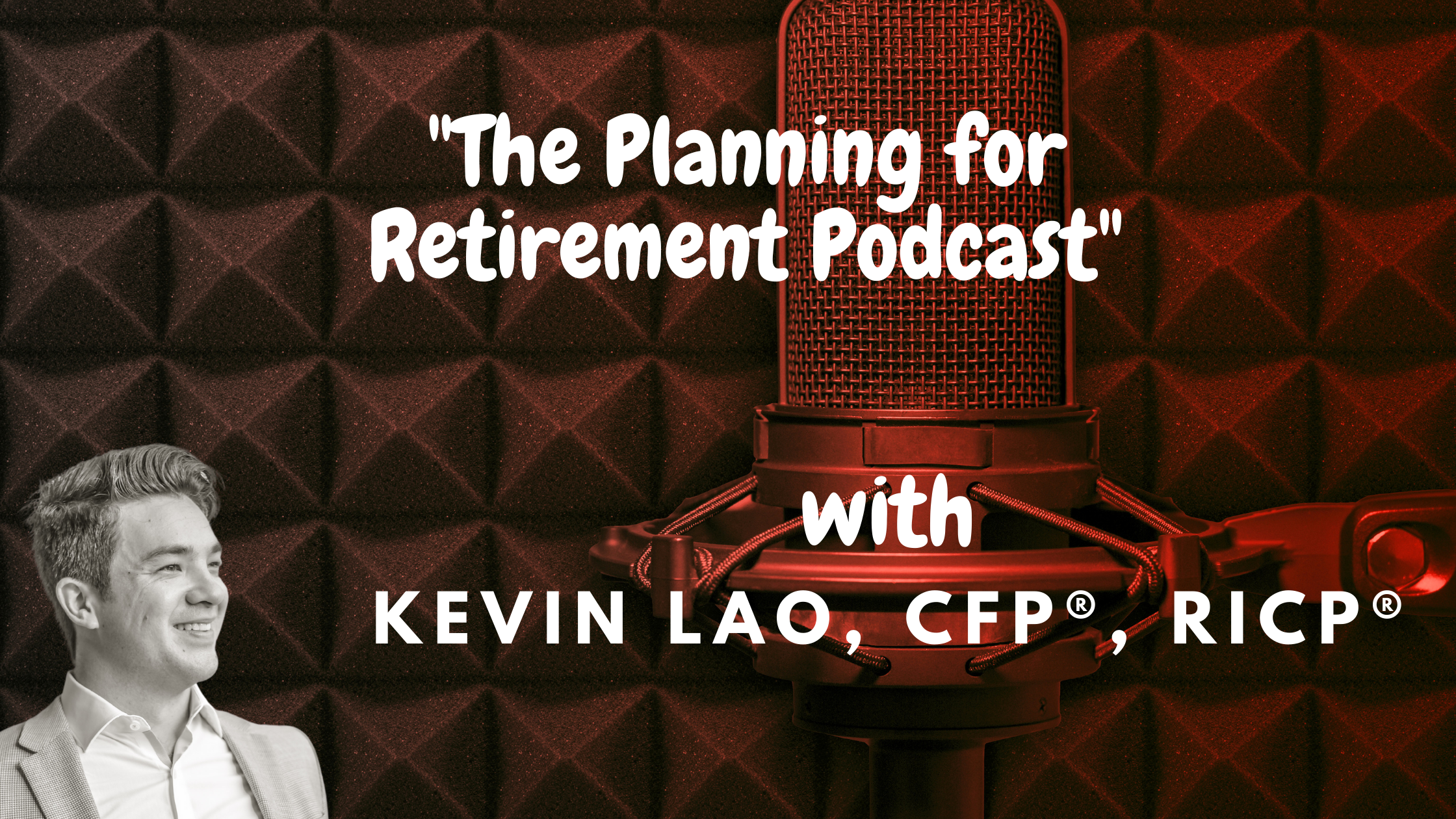Welcome to this edition of The Planning for Retirement Podcast. This is Volume 1 of this new series, The Whiteboard Retirement Plan, where Kevin breaks down a real-life client case for “Bob and Jennifer” in plain English. The goal is to help answer the question, “Can I fire my boss?”
ERROR IN THE VIDEO
***Hey all, just a quick note about this episode. In minute 22:47, I mentioned the spousal benefit Jennifer would collect would equate to $18k/year. However, this is not the case.
Because Jennifer filed her OWN benefit early, she would also have a lower benefit even after Bob collects his benefit at 70 and she is eligible for the spousal benefit. This includes the $12k she would receive, plus a $6k “top off” to get to the full $18k/year she would be eligible for.
For Jennifer’s claiming strategy on her own record with a PIA of $12,000/year (assuming she started at 67). If she started at 62, this would equate to a 30% total reduction from her PIA of $12,000. This reduced amount would be $8,400/year.
The $8,400 continues for life, but once Bob claims his benefit at 70, she is then eligible for the maximum $6k “top off” I mentioned earlier. This would give her a total benefit of $14,400/year, not $18k/year.
Thanks for catching that one, Roberto! Here is a link to an article you might find helpful:
https://maximizemysocialsecurity.com/can-i-start-collecting-my-own-benefits-age-62-and-then-switch-spousal-benefit-age-67
Back to the action***
He discusses the savings rate, income sources, and withdrawal rate, highlighting the need for adjustments and planning opportunities.
The episode ends with a discussion on the impact of early Social Security claiming and survivor benefits.
Bob and Jennifer are in a good position to retire, but there are some risks they need to address.
Long-term care planning is important, as 70% of people over 65 will need some form of long-term care. They should consider whether to self-fund or get long-term care insurance.
Tax planning is also crucial, as 80% of their assets are in tax-deferred accounts. They should explore Roth conversions to minimize taxes and leave a financial legacy to their children.
Finding purpose in retirement is essential, and they should consider how to spend their free time to maximize their life experiences with their loved ones.
Lastly, they need to have an optimized investment strategy to spin off income for the rest of their lives, while at the same time address a potential bear market or recession.
Takeaways
- Diversification is crucial in investment portfolios to mitigate the risk of selling the wrong thing at the wrong time.
- Interest rate cuts by the Fed can impact the stock market and the economy, but volatility and corrections are normal in investing.
- The Whiteboard Retirement Plan is a straightforward analysis on whether or not a client can fire their boss and retire comfortably.
- Early Social Security claiming can result in reduced benefits, affecting both the retiree and potential survivor benefits. However, in some cases you may consider collecting early to offset a high rate of withdrawal on investments.
- Adjustments to your plan are necessary to ensure a sustainable retirement income.
Links
Social Media:
Retirement Readiness Survey

